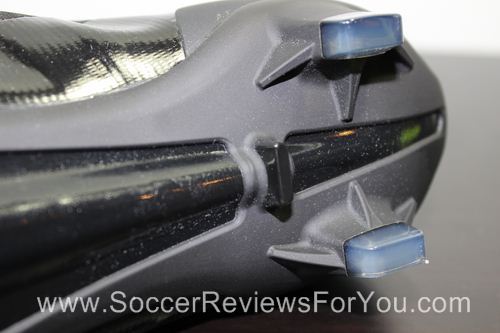Nike challenged themselves to produce the Nike GS (Green Speed) concept the most environmentally friendly, lightest soccer speed boot Nike has ever produced. Nike only produced 2012 numbered pairs that will be distributed worldwide though selected retailers.
Radically re-engineered the traction plate spine for explosive speed: coring out a diamond silhouette for optimal flex and agility. Made with 50% Pebax Renu derived from 97% castor beans, the most renewable resource Nike has ever used.
Anatomically positioned studs maximize speed in multiple directions for optimized responsiveness on the pitch. Constructed with an eco-TPU derived from castor beans reducing our impact on the worlds food resource and satisfying only Nike’s appetite for innovation with a material 15% lighter than traditional TPU.
The Pebax Renu heel counter is molded in an anatomical, asymmetric shape to lock the foot down for better response and control. Made with at least 77% castor beans, which require less water to grow than other natural materials.
Nike’s lightest and most responsive sockliner to date. Nike’s engineers innovated a process that eliminated chemical blowing agents and a top layer for optimized lightweight performance and lighter environmental impact.
As Nike cut out one toeboard, all waste is re-purposed to manufacture another toeboard, creating a closed loop product. You score and Nike scores towards Nike’s long-term goal of zero waste.
The Nike GS tongue and quarter are made of form fitting recycled polyester, made from 95% recycled plastic bottles. In 2011, Nike diverted the equivalent of 285 million bottles from landfills.
I have to give kudos to Nike for being able to produce a shoe like the Nike GS both in execution and environmental friendliness. I hope Nike makes GS a new silo in the future.

























